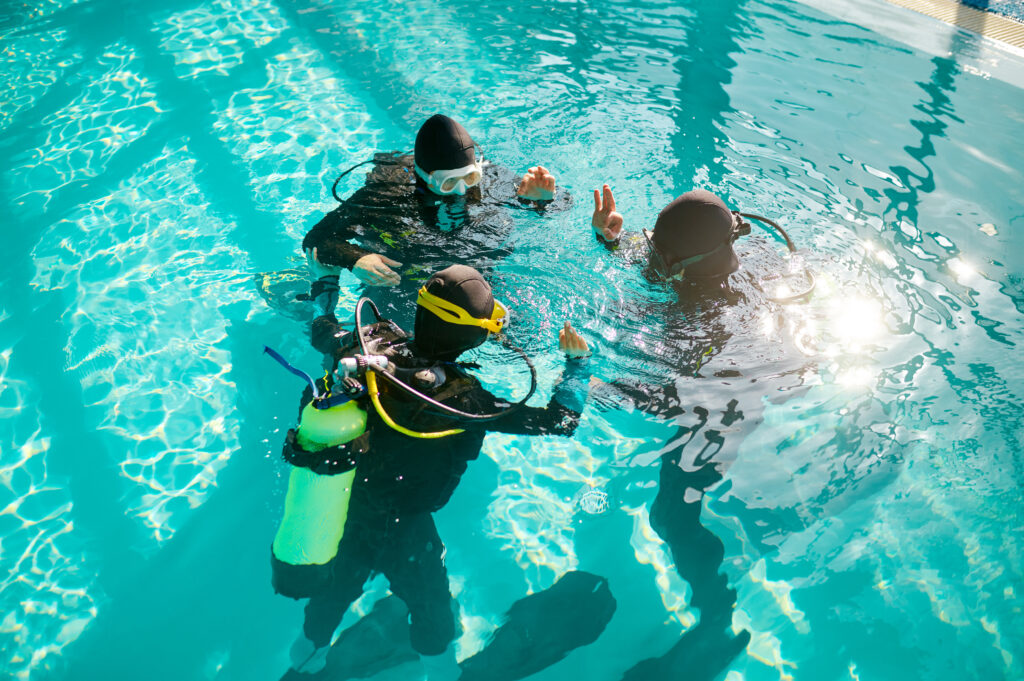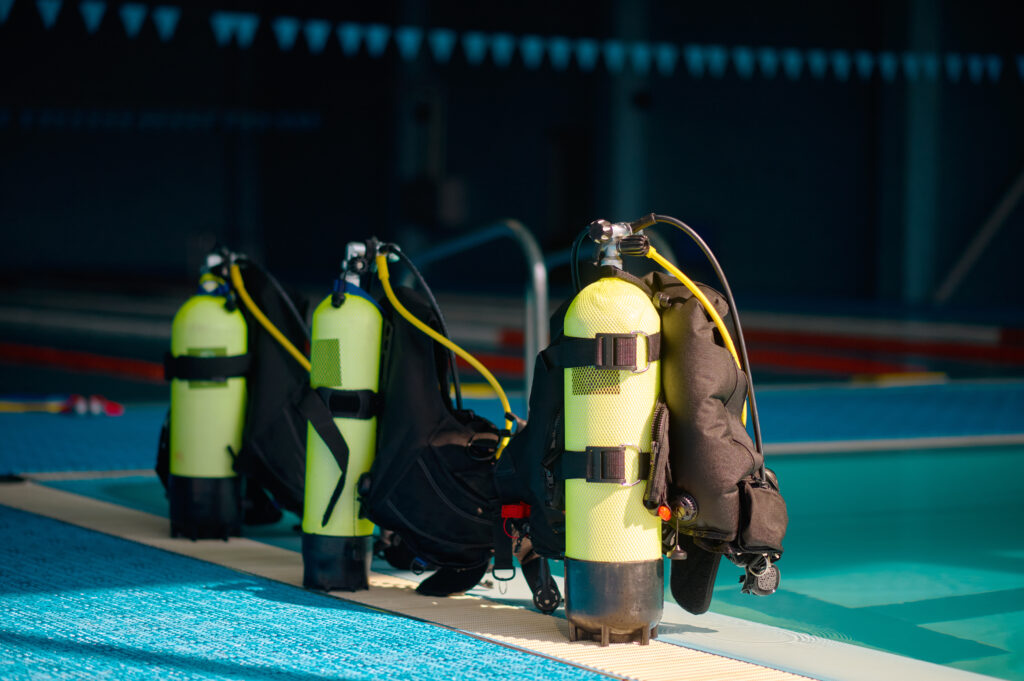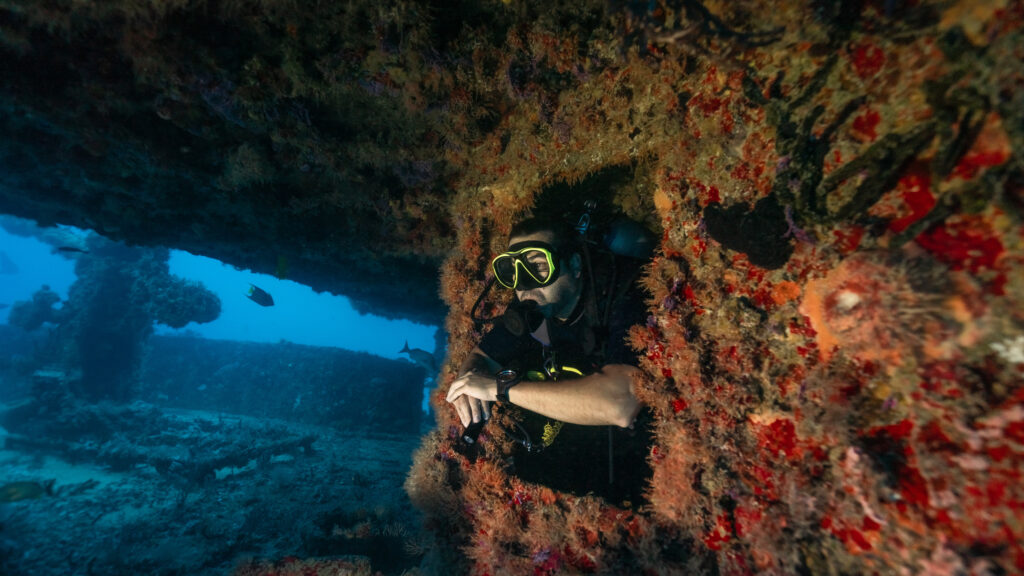10 Things to Leave at Home When Packing for Your Next Scuba Diving Trip

Imagine this: You’re on your way to an exotic island surrounded by some of the clearest and most enchanting waters you’ve ever seen. You’ve been planning this scuba diving trip for months. The excitement is palpable as you envision the vibrant coral reefs and colorful marine life you’re about to encounter. But as you arrive […]
What is a Trim Weight?

A trim weight is a weight specifically designed and used by scuba divers to improve their underwater buoyancy and body positioning, promoting a horizontal orientation during a dive. By adjusting the location and amount of these weights, divers can ensure a balanced and streamlined profile underwater.
What is the purpose of Zip Ties in diving?

What is the purpose of Zip Ties in diving? Zip ties, also known as cable ties or tie wraps, are self-locking plastic strips used to connect objects together. These versatile and cost-effective fastening devices have found a multitude of applications in various fields, including scuba diving. In the scuba diving community, zip ties are valued […]
What is Deep Diving?

Deep diving is a specialized category of scuba diving that involves descending beyond 18 meters (60 feet) underwater.
What is a Confined Water Dive?

A confined water dive is a type of scuba diving activity that takes place in a pool or other shallow, current-free underwater environment.
What is a Buoyancy Control Device (BCD)?

What is a Buoyancy Control Device (BCD)? A Buoyancy Control Device (BCD), also referred to as a Buoyancy Compensator (BC), is a vital piece of equipment for scuba divers. This inflatable vest, worn by divers, assists in maintaining buoyancy by enabling the diver to easily add or release air from the device. The BCD allows […]
What is the Association of SCUBA Service Engineers and Technicians?

The Association of SCUBA Service Engineers and Technicians (ASSET) is a professional organization that plays a crucial role in the global scuba diving industry. This association works in close cooperation with the Health and Safety Executive (HSE) to set and uphold competence standards for technicians who maintain and service scuba equipment. ASSET’s work ensures the highest levels of safety and operational excellence within the field of scuba servicing and engineering. Through its training programs and certifications, ASSET fosters professionalism among diving technicians, providing a trusted framework for safety in an industry where equipment reliability is paramount.
What is Acetal Resin?

Acetal resin, a high-performance polymer, has risen to prominence in the realm of scuba diving, revolutionizing various aspects of the sport. This powerful material, also known as polyoxymethylene (POM), is known for its extraordinary strength, resilience, and excellent dimensional stability, properties which have made it an ideal candidate to replace certain lightweight metals in many diving applications.
What is the Maximum Operating Depth?

Maximum Operating Depth (MOD) is a critical concept in the field of scuba diving. It refers to the deepest depth at which a particular gas mixture can be used safely without the diver experiencing oxygen toxicity. Understanding and adhering to the MOD is essential for ensuring diver safety and preventing potentially life-threatening conditions. MOD varies depending on the gas mixture being used and is influenced by the partial pressure of oxygen within the breathing gas. By comprehending the significance of MOD, divers can plan their underwater excursions more effectively and reduce the risks associated with diving to greater depths.
What is a Drop Weight?

A drop weight, a fundamental tool in scuba diving, plays a crucial role in managing a diver’s buoyancy. By adding or removing weight, divers can achieve neutral buoyancy, allowing them to maintain a stable position underwater without floating upwards or sinking uncontrollably. This balance is essential for conserving energy, enhancing underwater navigation, and ensuring safety during a dive. Drop weights can be attached to a diver’s belt, integrated into buoyancy control devices (BCDs), or even strapped to ankles, depending on individual preferences and specific diving conditions.
